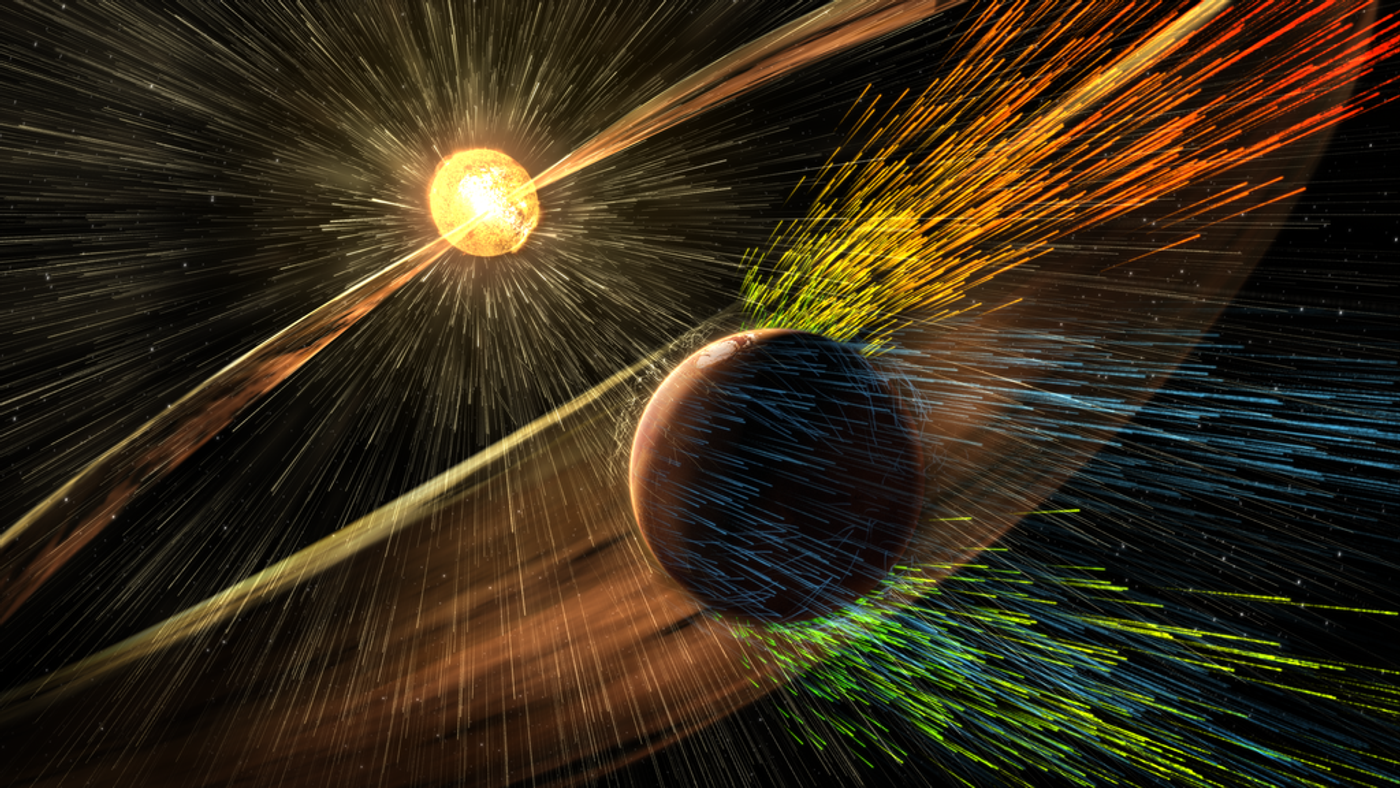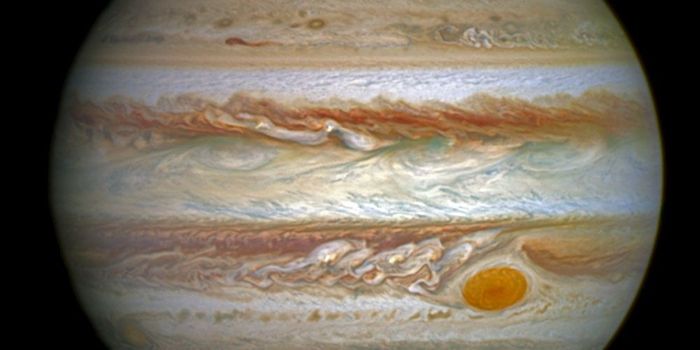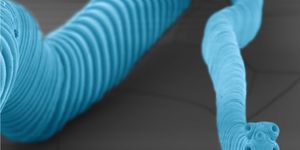Here's Why Mars is Dry and Lifeless Today
The red planet in our solar system, Mars, is a lot like Earth in many ways, but the reason that it doesn’t appear to have any forms of life on its surface like Earth does may lie in the way that the planet has been treated by the Sun over the course of the solar system’s existence.

NASA’s Mars Atmosphere and Volatile Evolution (MAVEN) mission has revealed a lot about the red planet. Once wet and potentially habitable, like Earth is today, Mars is now a cold and dry place. The idea is that the Sun’s solar activity is what has actually made it this way.
As we know, Mars doesn’t have a very effective magnetic field like the Earth does, and as a result, the planet is not well protected against solar radiation like we are. The increased solar activity that Mars has had over the years has been “stripping away” the planet’s atmosphere over time.
Although NASA did just announce evidence of “flowing water” on Mars, it’s not the same type of flowing water you’d find here on Earth. Instead, it’s mixed with sediments and other surface materials to create an oozy substance that hardly flows much at all. The absence of the type of water we know and take for granted on Earth is because of the effects of evaporation.
"Mars appears to have had a thick atmosphere warm enough to support liquid water which is a key ingredient and medium for life as we currently know it," said John Grunsfeld, astronaut and associate administrator for the NASA Science Mission Directorate in Washington.
"Understanding what happened to the Mars atmosphere will inform our knowledge of the dynamics and evolution of any planetary atmosphere. Learning what can cause changes to a planet's environment from one that could host microbes at the surface to one that doesn't is important to know, and is a key question that is being addressed in NASA's journey to Mars."
Instruments aboard MAVEN have been keeping track of the Martian atmosphere, and what it has found is that solar activity, such as solar winds, actually strips away the gasses within the Martian atmosphere over time and reduces its effectiveness at protecting the planet from the Sun and its harmful UV rays and solar radiation.
Although the amount of gasses stripped away is insignificant at a given point in time, approximately 100 grams, over the course of time the amount adds up; especially since 100 grams of atmospheric gasses are stripped from Mars every second. Over the course of millions of years, you can see why this is a problem.
"Solar-wind erosion is an important mechanism for atmospheric loss, and was important enough to account for significant change in the Martian climate," said Joe Grebowsky, MAVEN project scientist from NASA's Goddard Space Flight Center in Greenbelt, Maryland.
"MAVEN also is studying other loss processes -- such as loss due to impact of ions or escape of hydrogen atoms -- and these will only increase the importance of atmospheric escape."
Below, you can see a computer-generated visual of how solar storms affect the Martian atmosphere:
So in short, Mars may have very well been a perfectly habitable planet in the distant past, much like Earth, but solar activity has been bombarding the planet for so long that it’s no longer able to sustain the necessary ingredients for life. Scientists are still on the search to this day for any evidence of life on Mars, whether current or past.
Source: NASA








